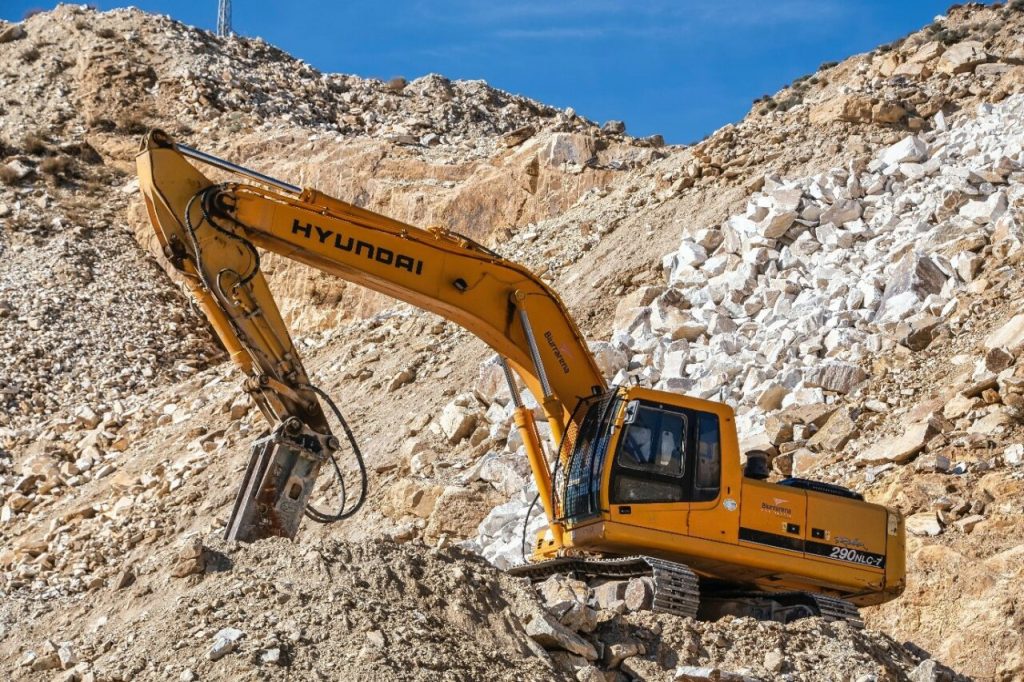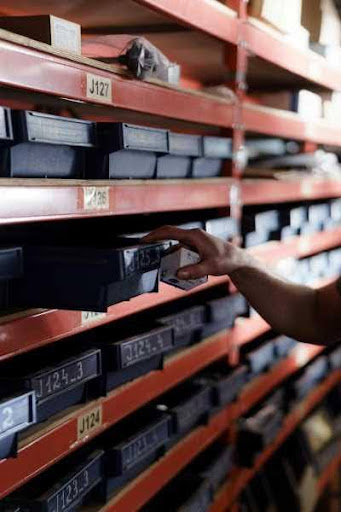Adult Education and training (AET) is a fundamental component of mines’ Social Labour Plans (SLPs). AET is geared at both mine employees and members of communities residing within mines’ operational footprints and from where labour is sourced.
These AET programmes are enhancing the large positive socio-economic impact of the mining industry. In 2021, the industry directly employed more than 450 000 people who, together, earned over R130-billion. The industry also paid R22-billion in taxes, over-and-above the more than R20-billion PAYE contribution of mining employees. Moreover, mining contributed about R350-billion towards gross-domestic product and made up R91-billion of fixed investments. Total primary minerals sales equated to R475-billion and mineral export sales R312-billion. Meanwhile, a total of R7,60-billion in royalties was paid by the industry in 2021.
AET a mainstay of SLPs
AET has been a mainstay of mine’s SLPs for many years.
However, the Minerals Council of South Africa reports a steady decline in the number of learners entering these programmes over the years. This, it says, is due to a marked increase in the skills levels of employees due to the success of its AET programmes. Refer to Home – Minerals Council South Africa for more information on the Minerals Council South Africa. This is also testament to the quality of the mining industry’s AET programmes, many of which are outsourced to experts in the field. Refer to this article for more reading on the topic: https://www.miningweekly.com/print-version/outsourcing-abet-yields-favourable-results-for-barberton-mines-2022-10-19.
Between 2016 and 2020, the mining industry invested more than R60-billion on training and skills development a year. In addition to AET, this included high-end skills development, as well as technical skills and artisan training.
Focus of AET in SLPs
The focus of AET in SLPs is to impart basic literacy and numeracy skills to adults who have not completed their basic education.
AET consists of four levels, excluding pre-AET. Individuals who have completed AET Level 4 have literacy and numeracy skills that are at a National Qualifications Framework Level 1. Their literacy and numeracy skills are equivalent to a learner who has completed Grade 9. This is considered sufficient to perform general and mundane tasks at work and function effectively in all aspects of life outside the workplace.
Importantly, individuals with literacy and numeracy skills at this level can continue learning new skills. This capacity is especially important in an industry which is grappling with severe skills shortages in various occupational categories. The industry is not just struggling to fill engineering vacancies. There is also a dire shortage of qualified apprentices with the correct technical skills to run these operations. Employees who have completed all four AET Levels are able to learn a trade to become qualified artisans. They can understand course content that is presented in English and write their trade test in the formal language of learning and teaching. Moreover, they can think logically and critically, as well as solve problems because they have numeracy skills.
Between 2013 and 2017, the mining industry enrolled about 10 600 artisans in training and development. This was undertaken at an overall cost of about R300 000 per learner and a total investment cost of more than R3-billion. Some of the technical skills that are in short supply in the mining industry include diesel mechanics; electricians; and fitters, counting machining. This is in addition to fitters and turners; millwrights; rigger ropes-men; instrument mechanics; boilermakers; and welders. Moreover, mines have a shortage of goldsmiths, auto-electricians and maintenance engineers.
AET in SLPs prepare employees
AET in SLPs prepare employees for the future of mining.
Employees need to work with sophisticated technologies as the industry increasingly mechanises and automates processes. At the most basic level, employees will need literacy and numeracy skills, the foundations of digital literacy. The latter proficiency will become even more important as the mining industry eventually completely undergoes the Fourth Industrial Revolution. This is considered imperative if the industry intends improving productivity, as well as health and safety.
Productivity in terms of cost and volume has been declining since 2000. Various companies have, therefore, engaged in various cost-cutting exercises. To arrest the situation, the industry needs to innovate and counteract rising wages.
Meanwhile, the sector recorded 49 fatalities in 2022. This is the lowest number of fatalities reported by the industry, representing a 34% year-on-year improvement. In 2021, the mining industry reported 74 fatalities. Despite this improvement, one life is too many.
SLPs with AET programmes
Mining companies submit their SLPs with their AET programmes to the Department of Minerals Resources and Energy [Department of Mineral Resources (dmr.gov.za)]. This is to demonstrate their compliance with the Mining Charter as a prerequisite for the granting of mining rights.
The Mining Charter [https://www.gov.za/sites/default/files/gcis_document/201809/41934gon1002.pdf] requires that all mining companies invest 5% of annual leviable payroll into skills development. It is important to note that this does not include the 1% skills levy that companies are required to contribute.
The Mining Qualifications Authority (MQA) [MQA – Mining Qualifications Authority] is the Sector Education and Training Authority for the mining industry. It, therefore, administers and develops learning programmes for the sector. It receives mining companies’ skills development plans and annual training reports. The MQA takes 80% of the 1% skills development levies which companies contribute. Meanwhile, the National Skills Fund [https://nationalgovernment.co.za/units/view/259/national-skills-fund-nsf] receives the remaining 20%. The MQA’s portion is for legislated amounts for administration and the Quality Council for Trades and Occupations [QCTO Home of skills assurance]. It is also used for mandatory and discretionary grants. Mining companies can also attract discretionary grants from the MQA for specific learning programmes.
Notably, the mining industry has contributed levies of more than R1,2-billion annually over the past five years.
AET a commitment in SLPs

AET is a commitment made in SLPs that mines will invest in equipping South Africans with fundamental skills.
This is just one way that government is ensuring that South Africa’s vast mineral wealth is shared by all citizens. It cannot only be to the benefit of mining companies and a minority of the population – as was the case under a previous dispensation.
The Mining Charter aims to right these wrongs. Section 100(2) of the MPRDA empowers the Minister of Mineral Resources and Energy to develop a broad-based socio-economic empowerment Charter. This is to expand opportunities for previously disadvantaged citizens in the mining industry. Therefore, the Mining Charter is state’s blueprint for the transformation of the industry. It has a strong transformative thrust by de-racialising ownership patterns in the mining industry.
AET in SLPs imparts skills
AET in SLPs imparts the skills that citizens need to improve their lives.
Many citizens of the country were previously deprived this most basic of human rights, which are now enshrined in our constitution. Refer to The Right to Basic Education — Helen Suzman Foundation (hsf.org.za). By educating many South Africans only for manual labour and menial jobs, a large pool of unskilled and cost-effective labour was developed. It was used to fuel the industrialisation of the country, with mining – the principal driver – heavily dependent upon low-paying unskilled jobs. In this way, the mineral mining revolution played an overriding role in laying the foundations of racial segregation in the past. To this day, it remains a blight on the reputation of the industry.
AET a focus in SLPs
AET will remain a focus in SLPs for years to come. This is considering the stubborn legacy of inequality in education.
Currently, only 14% of South Africa’s black students finish high school. This is compared to 65% of their white peers. 40% of indigenous South African children attend quintile one schools, which have the worst outcomes. In 2016, the pass rate in these schools was just more than 60%. This is against an overall pass rate of 72,5%. Meanwhile, only 17% of black students pass with university exemption.
Black children also underperform in key subjects compared to their coloured, Indian and white counterparts. In the 2016 matric examinations, only 28% of black learners achieved 40% in mathematics. Just 9% were able to achieve a mark of above 60%. For life sciences, only 35% of black learners achieved a pass mark of more than 40%. Just 11% achieved a mark of above 60%.
Existing barriers to literacy and literature in a multilingual society has been described as the “other apartheid in South Africa”. By providing access to quality education, the role of AET as a fundamental driver of transformation cannot be overstated.
AET part of SLPs’ focus
AET is part of SLPs’ human resource development programme focus. It details how mines intend to develop the skills of employees and those of communities that reside within their operational footprints.
The Mineral and Petroleum Resources Development Act prescribes set criteria for this aspect of SLPs. Refer to [Mineral and Petroleum Resources Development Act 28 of 2002 | South African Government (www.gov.za)].
Mines need to submit a skills development plan for their workforce. This must detail the number of workers that they employ and their skills levels. Moreover, mines need to disclose vacancies that have been difficult to fill over at least 12 months.
Mines must also develop a career progression plan for their employees. This is to ensure that employees progress to more senior positions.
It is complemented by a mentorship plan. This pairs employees with mentors who can assist them to progress in their careers.
Mines also need to disclose their employment equity statistics. Furthermore, they need to chart how they intend transforming within five years of being awarded their mining rights. This is by ensuring that 10% of their employees are women and 40% of management positions are occupied by previously disadvantaged South Africans.
AET obligations of SLPs
Triple E Training continues to help mining companies with the AET obligations of their SLPs.
We remain the mining industry’s first point of contact for quality AET, including adult literacy and numeracy training. These are being harnessed for both workplace and community training by enterprising participants in all industries that employ unskilled workers.
Learn more about Triple E Training and our quality AET. www.eee.co.za


